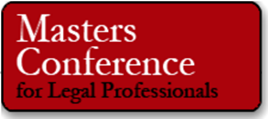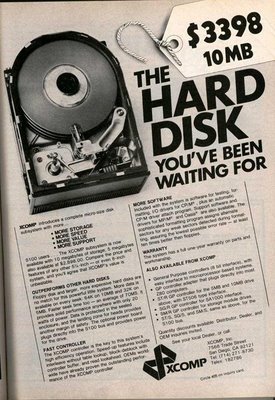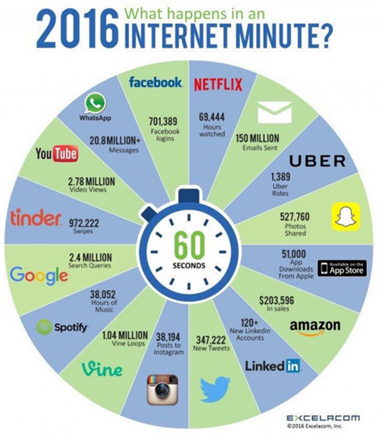Plaintiffs Ordered to Produce a Copy of Access Database for Forensic Analysis: eDiscovery Case Law

In Thorne Research, Inc. et. al. v. Atlantic Pro-Nutrients, Inc., No. 13-784 (D. Utah, Mar. 22, 2016), Utah Magistrate Judge Paul M. Warner determined that, because the parties had competing affidavits regarding whether a Microsoft Access database created by the plaintiffs’ co-inventor stores metadata and that metadata (if present) was clearly relevant, the defendant should be allowed the opportunity to conduct a forensic analysis as to whether or not the metadata exists in the native format of the Access database.
Case Background
In this case, the plaintiffs filed suit against the defendant for patent infringement and the defendant filed a counterclaim seeking a declaratory judgment of non-infringement and invalidity of the patent. To bolster its effort in obtaining its declaratory judgment, the defendant moved for an order compelling the plaintiffs to provide a complete copy of the Microsoft Access database that co-inventor Donald Steele utilized to input his formulas, seeking the metadata it alleged was contained in the Access database to independently determine the legitimacy of the plaintiffs’ claim that Mr. Steele and his co-inventor were the first inventors of the patent. The defendant claimed that the plaintiffs tampered with the Access database to create a false early conception date of the invention.
The plaintiffs argued that Access databases do not maintain metadata like word processing or spreadsheet programs do and that the database was owned and maintained by a third party that kept all of its and its customers’ formulations in the Access database, not just the plaintiffs’ formulations and that giving the defendant access to the database would also be giving it access to the third party’s proprietary information. The plaintiffs also asserted that that there was no evidence of tampering with the database. To address the concerns over third party information, the defendant indicated that the plaintiffs could provide the electronic copy of the database under the designation of “CONFIDENTIAL INFORMATION — ATTORNEYS EYES ONLY” and argued that the plaintiffs had failed to demonstrate that providing the database with the metadata intact would present an undue hardship or expense.
Judge’s Ruling
Because the parties had competing affidavits regarding whether the Microsoft Access database stores metadata, and because evidence regarding the date of the invention was clearly relevant to the case, Judge Warner ruled that “Defendant ought to be allowed the opportunity to conduct a forensic analysis as to whether or not the metadata exists in its native format.” Regarding the plaintiffs’ concerns regarding disclosure of proprietary or confidential information, Judge Warner indicated that “an attorneys eyes only designation pursuant to the protective order should provide a sufficient safeguard against disclosure of confidential or proprietary information.” As a result, he ordered the plaintiffs to produce a copy of the Microsoft Access database to the defendants within ten days of the date of the order.
So, what do you think? Should the court have allowed a forensic analysis of the Access database? Please share any comments you might have or if you’d like to know more about a particular topic.
Disclaimer: The views represented herein are exclusively the views of the author, and do not necessarily represent the views held by CloudNine. eDiscovery Daily is made available by CloudNine solely for educational purposes to provide general information about general eDiscovery principles and not to provide specific legal advice applicable to any particular circumstance. eDiscovery Daily should not be used as a substitute for competent legal advice from a lawyer you have retained and who has agreed to represent you.







